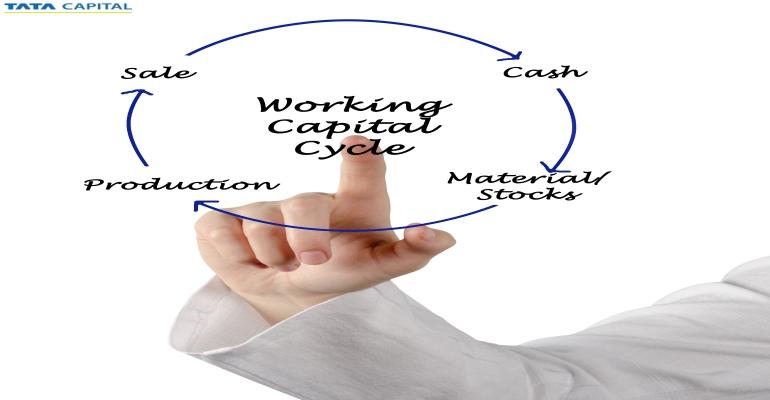Cost control is vital for successful business operations. However, occasional financial crunches can disrupt capital flow and handicap business development. Faced with such capital shortfalls, companies can meet the cash crunch with specialised finance options.
Term loans and working capital loans are two of the most popular financial aids available to enterprises in India. To secure a favourable finance option, companies can choose a suitable loan term based on cash flow and liquidity needs, in addition to their financial health.
Here is a closer look at the primary difference between term loan and working capital loan.
Term loans
Also known as a business term loan, a term loan is typically a business loan with a repayment tenure between one to ten years. A popular finance choice amongst Indian enterprises, term loans are usually taken to fund capital expenses; including business expansion, acquisitions, new asset purchase, expensive machinery, and more.
Furthermore, a business term loanis a secured loan, which is available for diverse terms such as short-term, long-term, and medium-term.
Key features of the loan include:
- Repayment tenures are usually longer
- Higher loan amount
- Interest rates are lower
- Multiple EMIs
- Collateral is mandatory
- Loan disbursement takes time
- Involves complex paperwork
Additional Read: Top Benefits of a Term Loan in India
Working capital loans
A working capital loan is typically a short-term loan with a repayment tenure anywhere between three months to fourteen months. This type of loan is mainly taken to meet the costs of running a business – be it routine operational expenses or insufficient working capital. Companies can take a working capital loanto pay staff salaries, monthly rent, and other day-to-day expenses.
Furthermore, since the criterion for the loan is timely repayment, businesses can secure working capital loans as many times as needed. Based on specific cash flow needs, companies can avail of an appropriate loan amount.
Key features of the loan include:
- Repayment tenures are shorter
- Smaller loan amount
- Interest rates are higher
- Limited EMIs
- Collateral may or may not be mandatory
- Loan disbursement is quicker
- The loan process is simpler
Additional Read: Documents Required to Get a Working Capital Finance
Which finance option is better?
Both types of loans offer lucrative features and terms essential to keep the business operations optimal. Of the two finance options, business term loans are usually better choices for investment heavy ventures. But if the company only requires small amounts to meet the operational expense, working capital loans are ideal.
Moreover, timely repayment on term loans can improve the business credit significantly, since the loan amount is typically higher. But working capital loans do not offer such credit score improvements. In any case, the choice of finance will depend primarily on the nature of the capital need.
Are you thinking of buying a crucial asset? Let Tata Capital finance your next capital venture. Get a lucrative business loan customised to the unique needs of your business and enjoy favourable repayment tenures. Besides, our documentation process is quick and easy for faster loan disbursal. For further information, contact us today.




